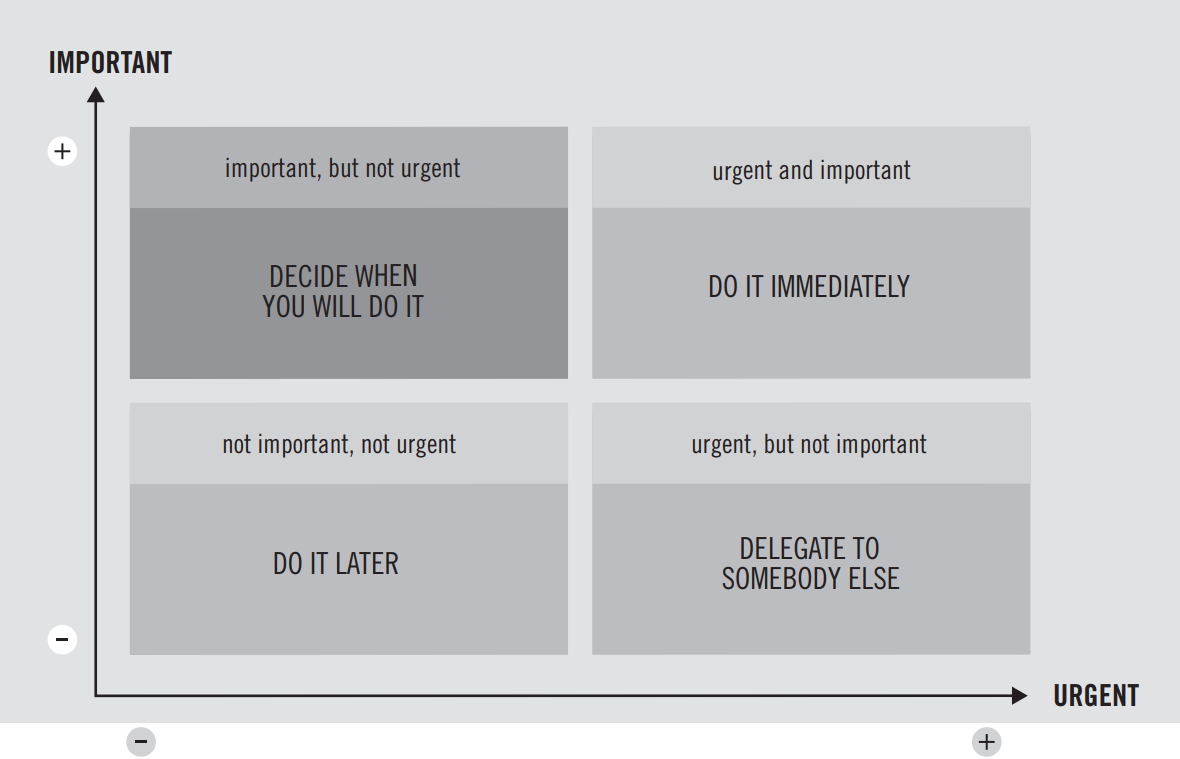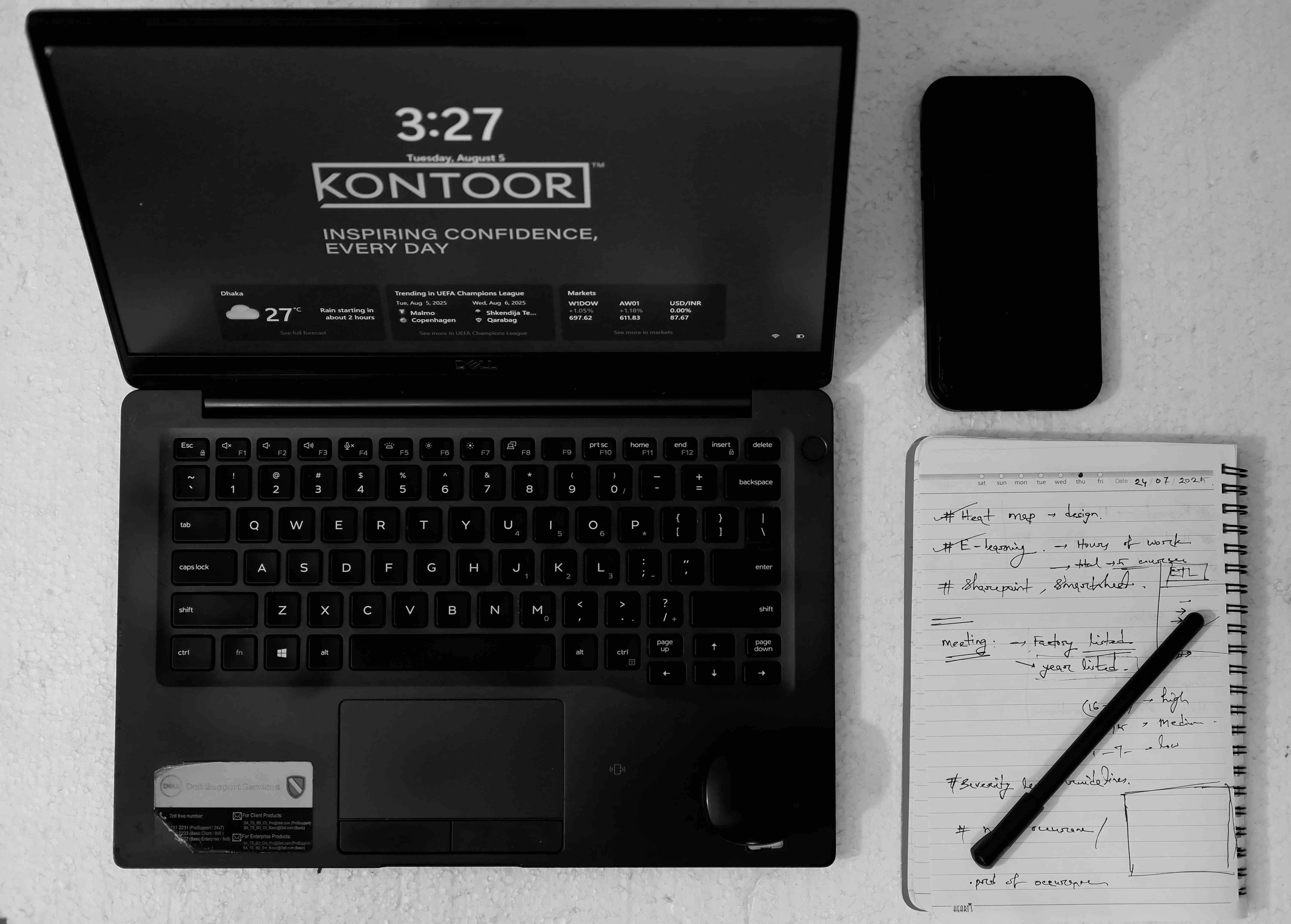Time management is a critical skill in today’s fast-paced world. One of the most effective methods for prioritizing tasks is the Eisenhower Matrix, also known as the Priority Matrix. This powerful tool helps individuals and organizations focus on what truly matters by distinguishing between tasks that are urgent and those that are important.
What is the Eisenhower Matrix?
The Eisenhower Matrix is a decision-making framework that categorizes tasks based on their urgency and importance. The concept is named after Dwight D. Eisenhower, the 34th President of the United States who had to make difficult decisions daily about which tasks to tackle first. His approach eventually became a widely recognized productivity strategy.
I first learned about the Eisenhower Matrix from the book "The Decision Book: Fifty Models for Strategic Thinking". This book explores various decision-making models. I am determined to write an article on every important models in future.
How the Eisenhower Matrix Works
The matrix divides tasks into four quadrants:
Urgent & Important (Do First)
These tasks require immediate attention and are essential for achieving critical goals. Examples include deadlines, crisis management, or urgent responsibilities.Important but Not Urgent (Schedule)
These tasks contribute to long-term success but do not require immediate action. Planning, learning, strategizing, and building relationships fall under this category.Urgent but Not Important (Delegate)
Tasks in this quadrant are time-sensitive but do not necessarily require your personal involvement. Examples include replying to non-essential emails or handling minor administrative work, which can often be delegated.Neither Urgent nor Important (Eliminate)
These tasks are distractions that consume time without adding value. Scrolling through social media excessively, watching unnecessary content, or engaging in unproductive activities belong to this category.
Why is the Eisenhower Matrix Game-Changing?
Since implementing the Eisenhower Matrix, I have noticed a significant improvement in how I manage my time and priorities. It has allowed me to focus on tasks that align with my long-term goals while minimizing time wasted on unimportant activities. Instead of feeling overwhelmed, I now have a structured way to tackle my daily responsibilities efficiently.
I use a Notion template to maintain my Eisenhower Matrix, which has been a game-changer in keeping track of my priorities. If you’re interested, you can check out the template [here].
How to Implement the Eisenhower Matrix in Your Workflow
List all your tasks – Write down everything you need to do.
Categorize each task into one of the four quadrants – Be honest about urgency and importance.
Take action accordingly – Work on urgent and important tasks immediately, schedule important but not urgent tasks, delegate what you can, and eliminate distractions.
Review and update regularly – Priorities can change, so adjust your matrix frequently to stay on track.
The Eisenhower Matrix is a simple yet powerful tool that can transform the way you manage your tasks. By applying this principle, you can enhance productivity, reduce stress, and make better decisions about how to use your time.
If you haven’t tried the Eisenhower Matrix yet, I highly recommend giving it a shot.
For more productivity articles, visit here
Leave a comment
Your email address will not be published. Required fields are marked *


